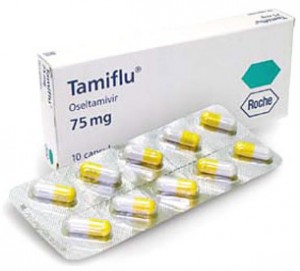Introduction
Flu shots are considered the most useful precaution to control influenza, but a new drug zaps the avian flu, Tamiflu. The avian influenza virus threatens commercial chicken flocks. This influenza type has the ability to infect humans as well; it has been a threat in Asian countries. Current influenza vaccinations do not provide immunity against the avian flu. The annual vaccination programs cannot possibly target all of the various types of influenza viruses.
Tamiflu effective against influenza A, B and avian flu viruses
British researchers have found that the neuraminidase inhibitor, which is effective against all subtypes of influenza A and B viruses, is also effective against avian influenza viruses. Senior scientist Shobana Balasingam from Queen Mary School of Medicine in London states that there is no current vaccine available should a pandemic influenza of the avian flu subtype H5N1 emerge.
Tamiflu works best, if the patient takes it 24 to 48 hours after influenza symptoms start. In two placebo-controlled, double-blind clinical trials 849 adult patients experienced a reduction of flu symptoms of 1.3 days. They started Tamiflu 40 hours after the beginning of flu symptoms. Patients took 75mg for 5 consecutive days. When another group started Tamiflu 24 hours after the onset of flu symptoms, the treatment outcome improved significantly. However, a higher dose of Tamiflu (150 mg twice per day) did not improve the treatment.
Prevention of influenza with Tamiflu
A clinical trial with 1559 non immunized adults showed an overall protection rate of 74% for all groups. There were some locations in Virginia where the infection rate was higher than in the rest of the US. Tamiflu achieved a protection rate of 82%. In cases where no vaccine is available against a new flu type, Tamiflu is a good alternative to protect the population against a new epidemic.
Reference
The Medical Post, November 23, 2004, page 14






